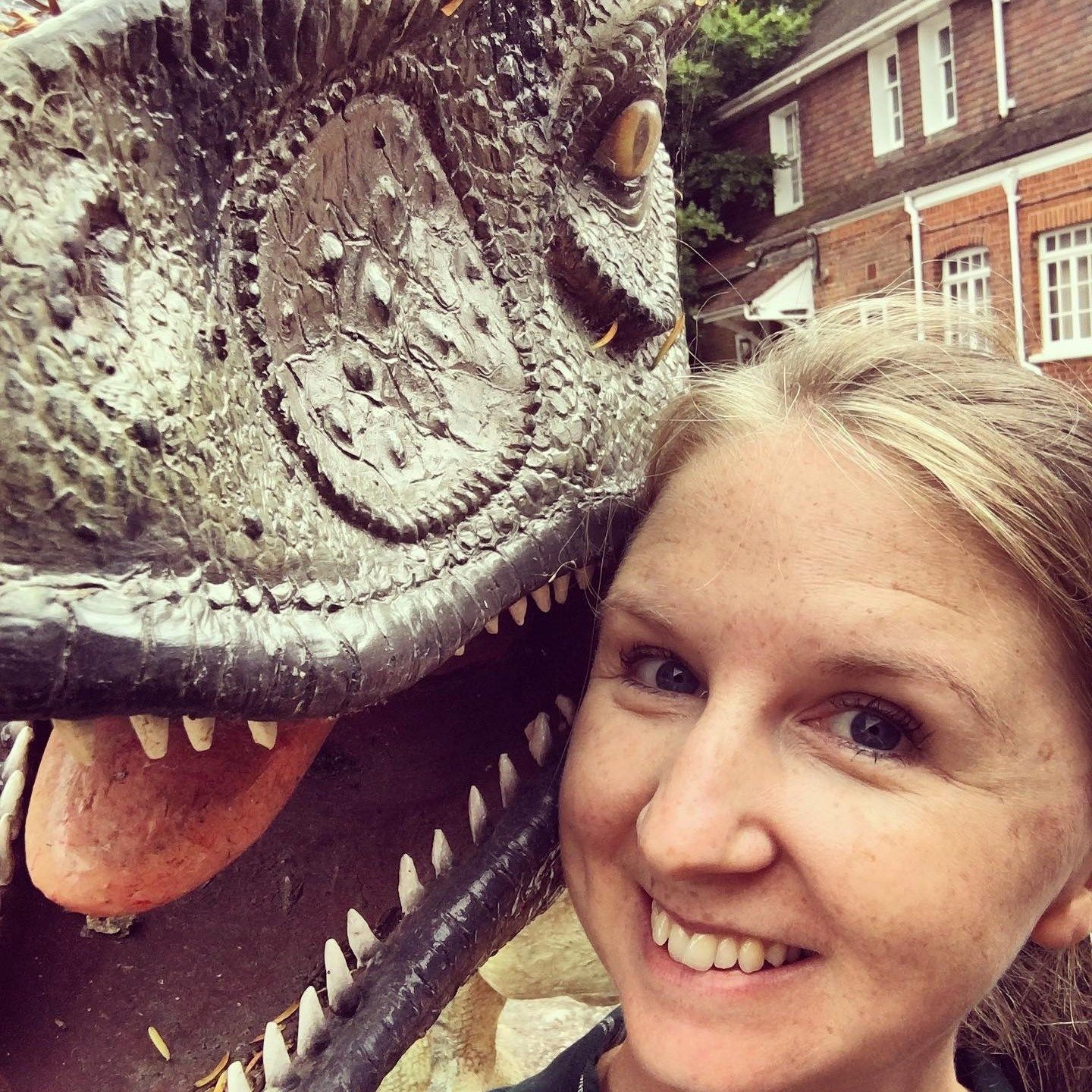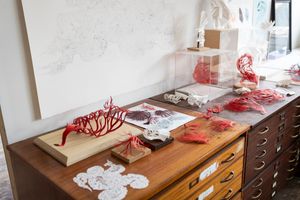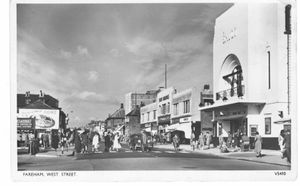While you may think that our conservators mainly spend their time in the lab or workshop, they occasionally end taking part in some interesting tasks and working with strange objects!
ALEX: This question comes from Museum Development Officer, Stephen Lowy: “What is the most unlikely thing you have done as a conservator?”
NIGEL: Cooking breakfast on the shovel of a steam engine at a school visit?
CLAIRE: Building the marquee at Rockbourne has to be a contender…
RUTH: Herded pigs!
RUTH: Cooking food for the troops at Rockbourne?
CLAIRE: Oh yes! Soup kitchen!
ALEX: I think you need to tell me more about all of these things!
NIGEL: Well, I’d driven the steam wagon from Winchester to a school in Basingstoke. The kids all came out to learn more about the object. They were all amused to see us cooking eggs, bacon and sausage on the shovel in the firebox.
CLAIRE: I’ve sampled an egg from that firebox. It was very good.
ALEX: I need to experience this.
NIGEL: I can’t fire her up without a good cook up. Alan, my volunteer, makes a fabulous chutney and cooks all the grub. I tend to burn it or lose it off the shovel into the fire!
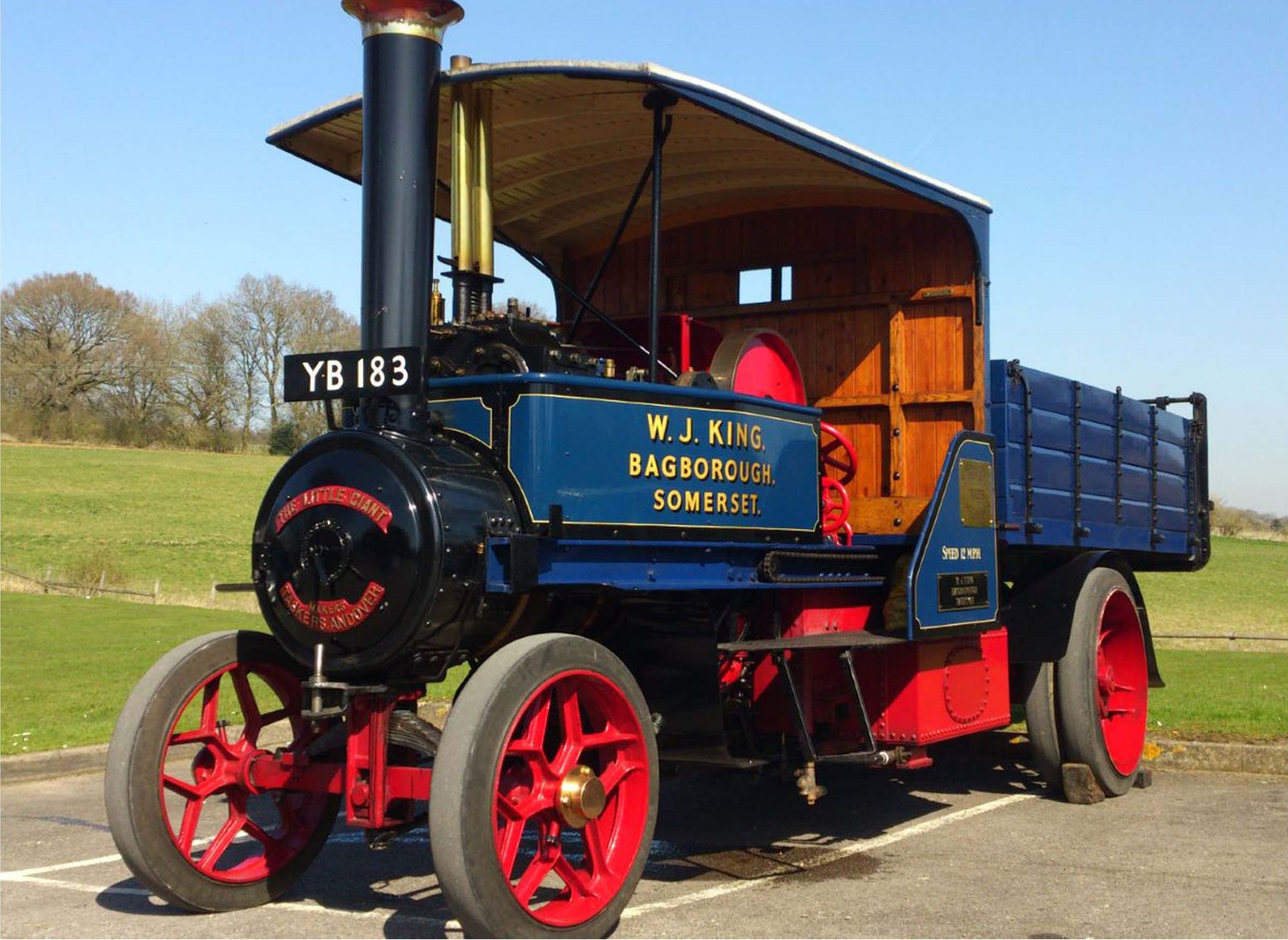
ALEX: Why were you herding pigs Ruth?
RUTH: Where I used to work there was a farm, some baby piglets escaped and a very angry sow came looking for them. My husband and I ended up herding the piglets and then the sow back into their pen. Sows are really big.
NIGEL: That’s fantastic Ruth!
RUTH: It was a bit scary.
ALEX: Claire, can you talk a bit more about the marquee at Rockbourne?
CLAIRE: There are two mosaics and a small hypocaust system at Rockbourne, both out in the open. Every year when the season ends we go and cover them with these massive purpose built aluminium frames/structures, basically small wedding marquees. We’ve pretty much learned how they go together on the job, I’ve been putting them up for over 10 years but I still have to wrack my brain each time where to start. There is also a marquee which is full height which we sometimes put up for educational visits, that’s a scary thing. It came down in a storm once and I went with one of the other conservators to fix it with whatever we had to hand in the sheeting rain.
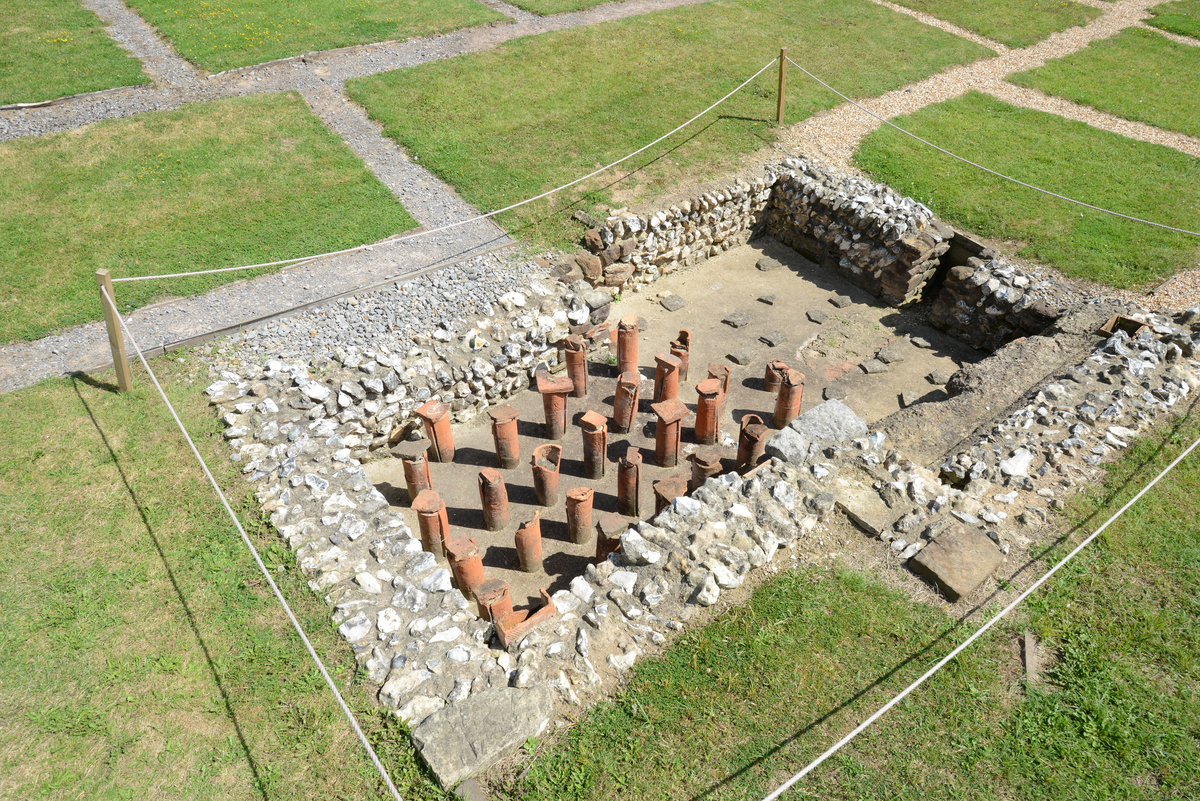
RUTH: It isn’t a fun job.
CLAIRE: No it’s not. We’ve made it slightly easier by not putting up the really huge one. It’s fantastic that the volunteers help us – that’s why we make them lunch.
NIGEL: It’s a real treat if the weather is nice. It’s a beautiful setting.
RUTH: It is a beautiful place and if the weather is good it makes the day much better.
CLAIRE: It’s very physical work though, you do need a good day or it can feel like the end of the world!
RUTH: It was much easier the last time! Many people came to help. Much soup was needed.
ALEX: It sounds like a good team activity.
CLAIRE: Ruth and I make soup and some of the others bring bread and bits, and we have a sort of camping lunch using the little hob from the Red House Museum since Rockbourne has no cooking facilities. It’s nice to do something to thank the volunteers for coming.
NIGEL: I need to start coming again. Never got soup in my day!
ALEX: Following on from this theme of unusual scenarios, what’s the most unusual object you’ve conserved?
CLAIRE: Where to start!
RUTH: A witch’s bottle.
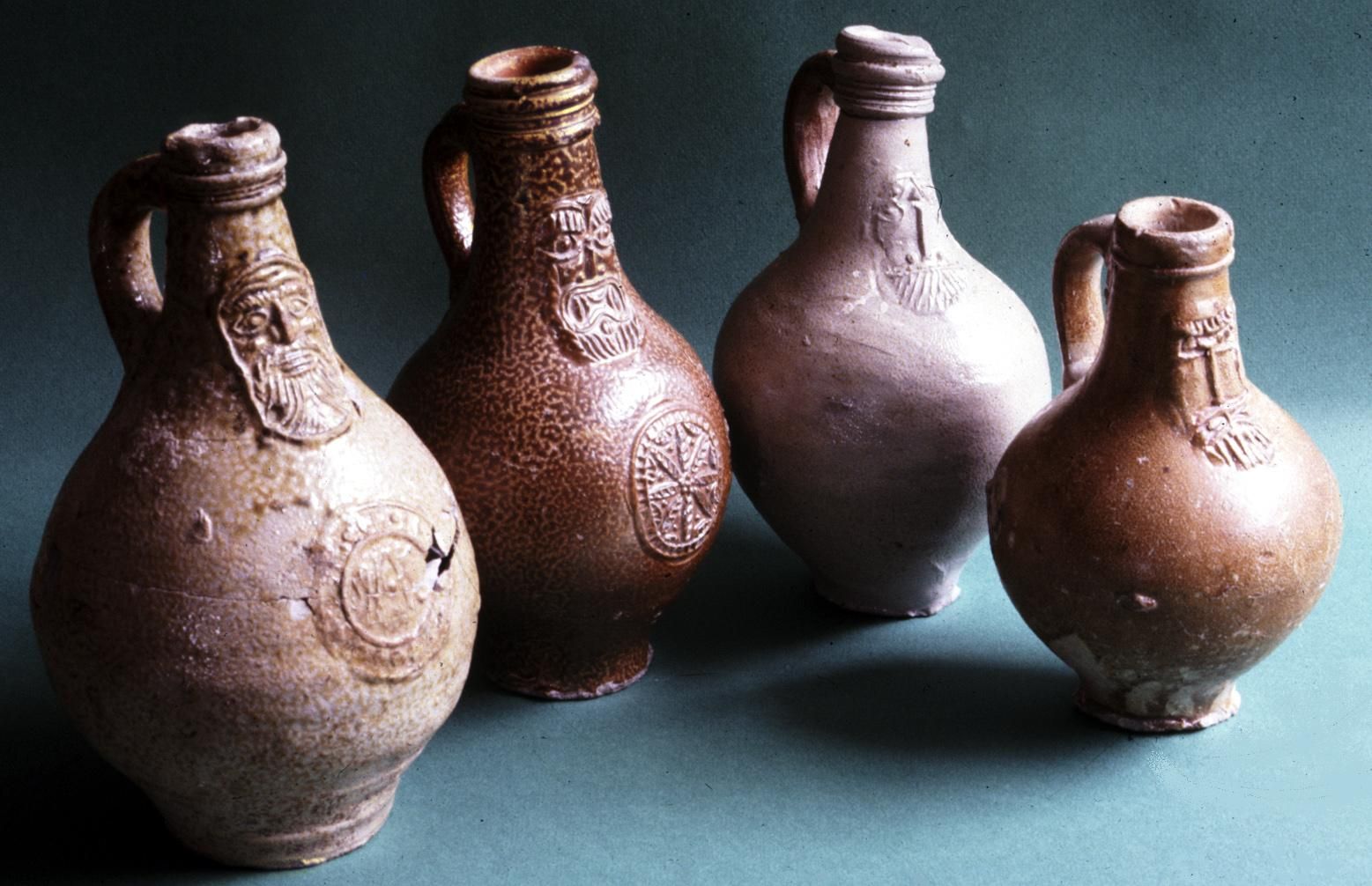
ALEX: What’s that?
RUTH: A witch’s bottle is a counter magical object used as protection against other witchcraft, often containing teeth and pins.
ALEX: Oh. Human or animal teeth?
RUTH: Human I believe.
ALEX: Is it bottle shaped?
RUTH: Yes, glass or ceramic bottle.
ALEX: What sort of age are we talking about? 17thCentury?
RUTH: Yes.
ALEX: Wow.
CLAIRE: I usually find some of the taxidermy is the weirdest. I had to do a squirrel that was half ordinary squirrel, half skeleton – weird! Also the wedding cake I’ve mentioned before, a 2 metre long mammoth tusk, and a small crocodile!
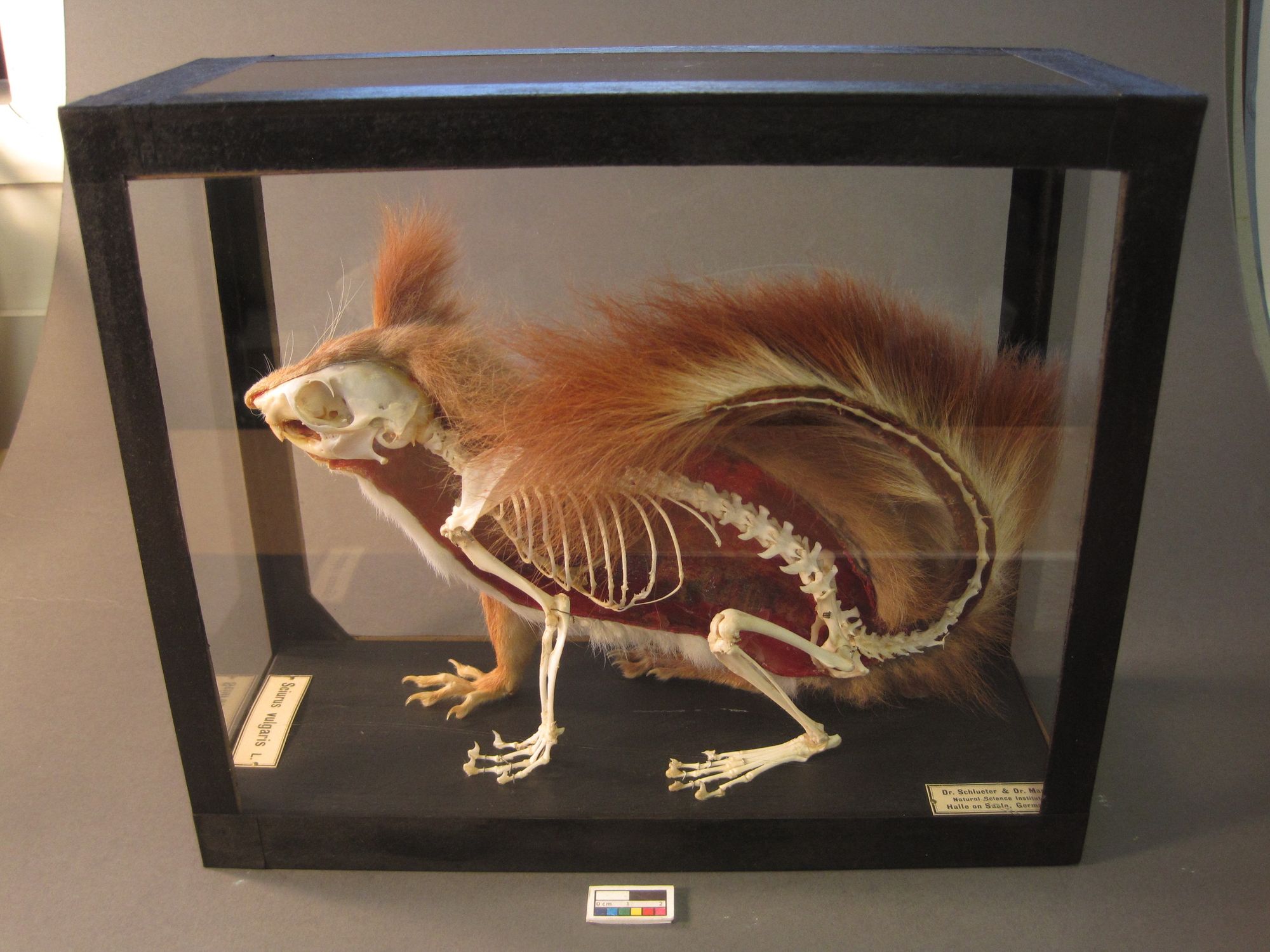
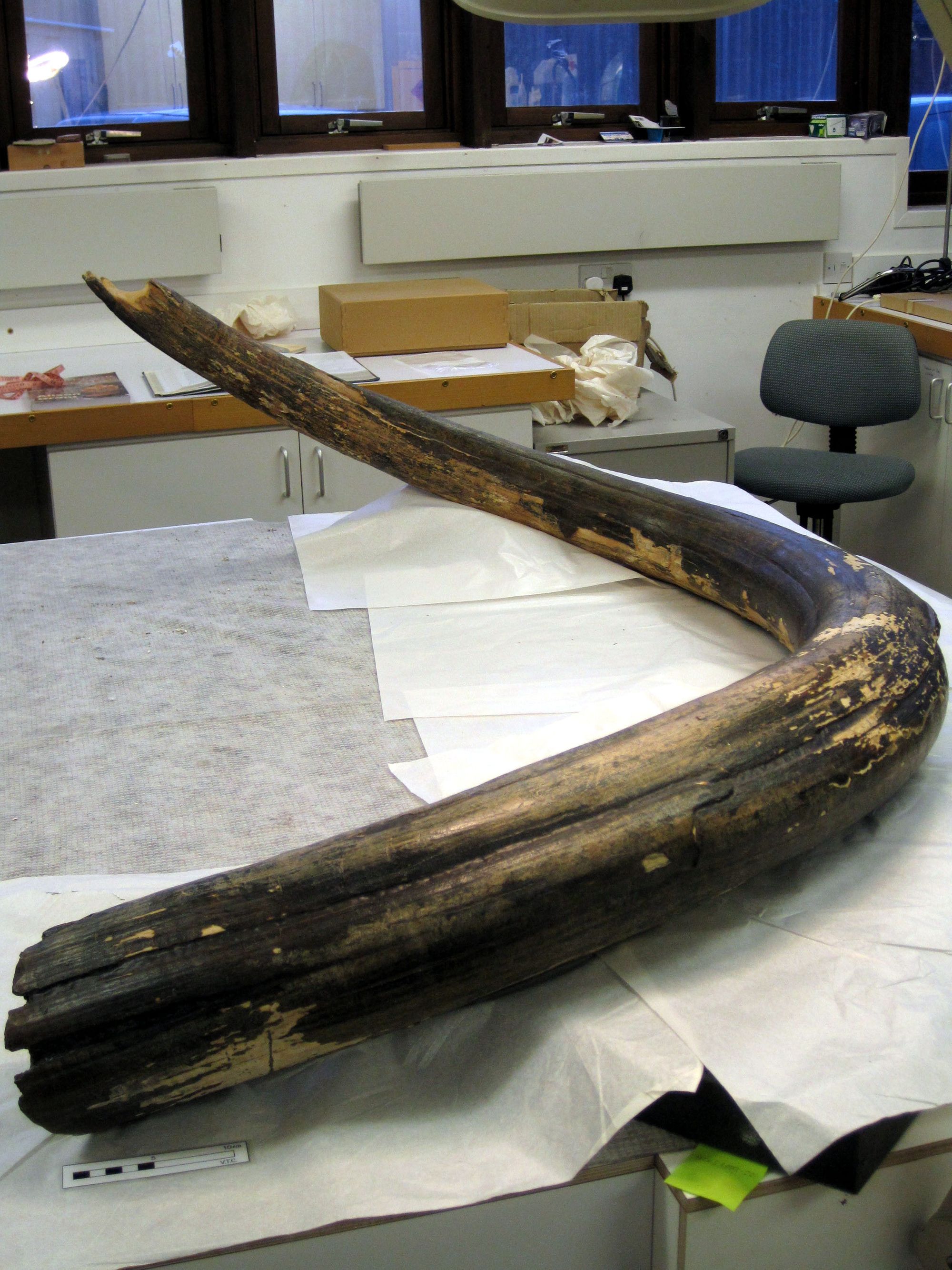
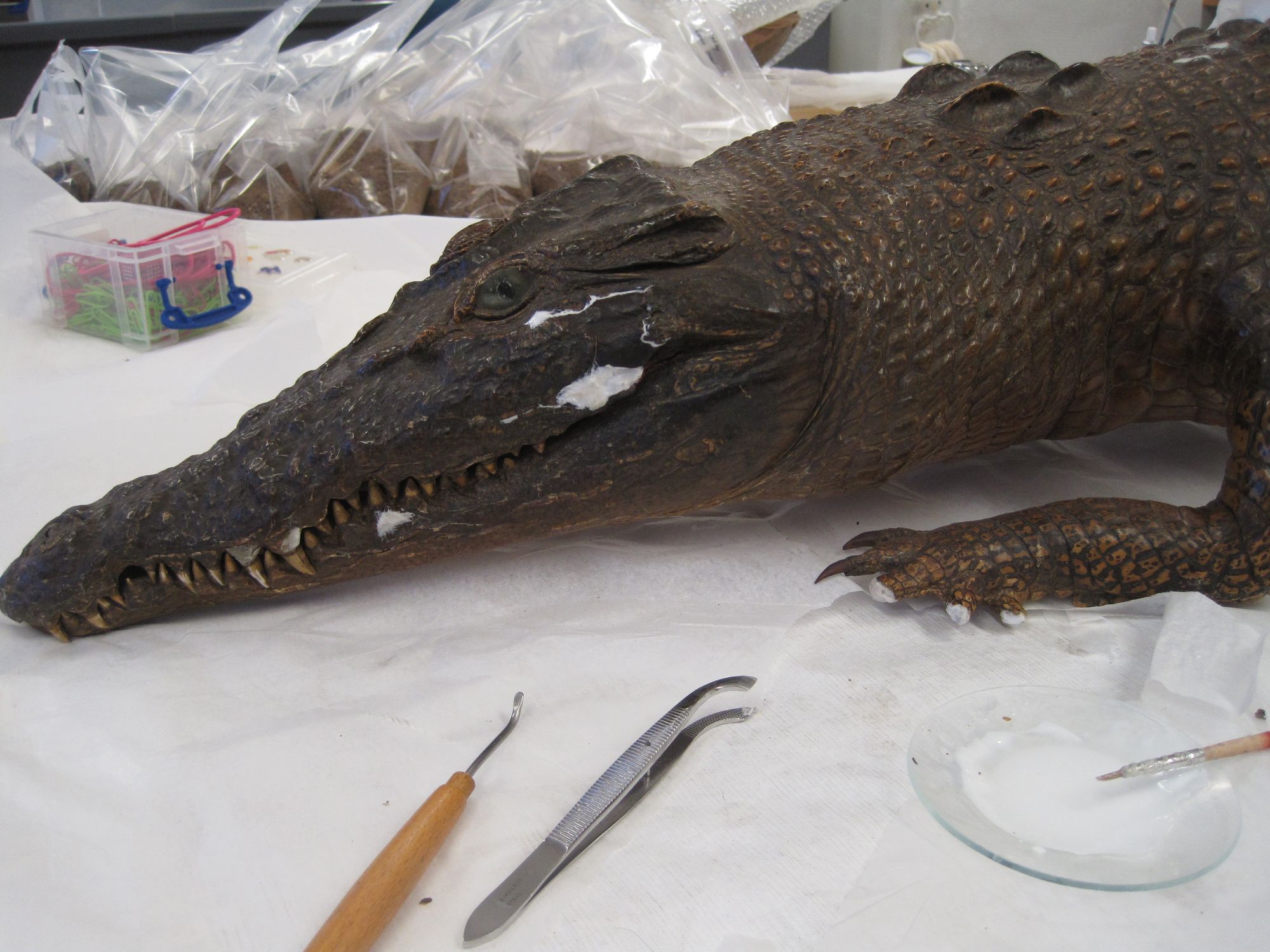
ALEX: What about you Nigel? What’s the weirdest thing you’ve worked with?
CLAIRE: I found it amazing that Nigel turned his hand at conserving a windmill.
RUTH: That must be the biggest object Nigel?
ALEX: Yes. That’s a very good point. How did you find working with the windmill after having worked on vehicles? Are there similarities?
NIGEL: Yes, it’s been great fun. I’ve worked on water mills in the past. I’ve also rebuilt gramophones and sewing machines and weaving looms. Made parts for an aircraft as well so all in all I’m very lucky I get to work on a broad spectrum of objects. Mechanical engineering is a fantastic subject when applied to conservation looking after our rich industrial heritage.
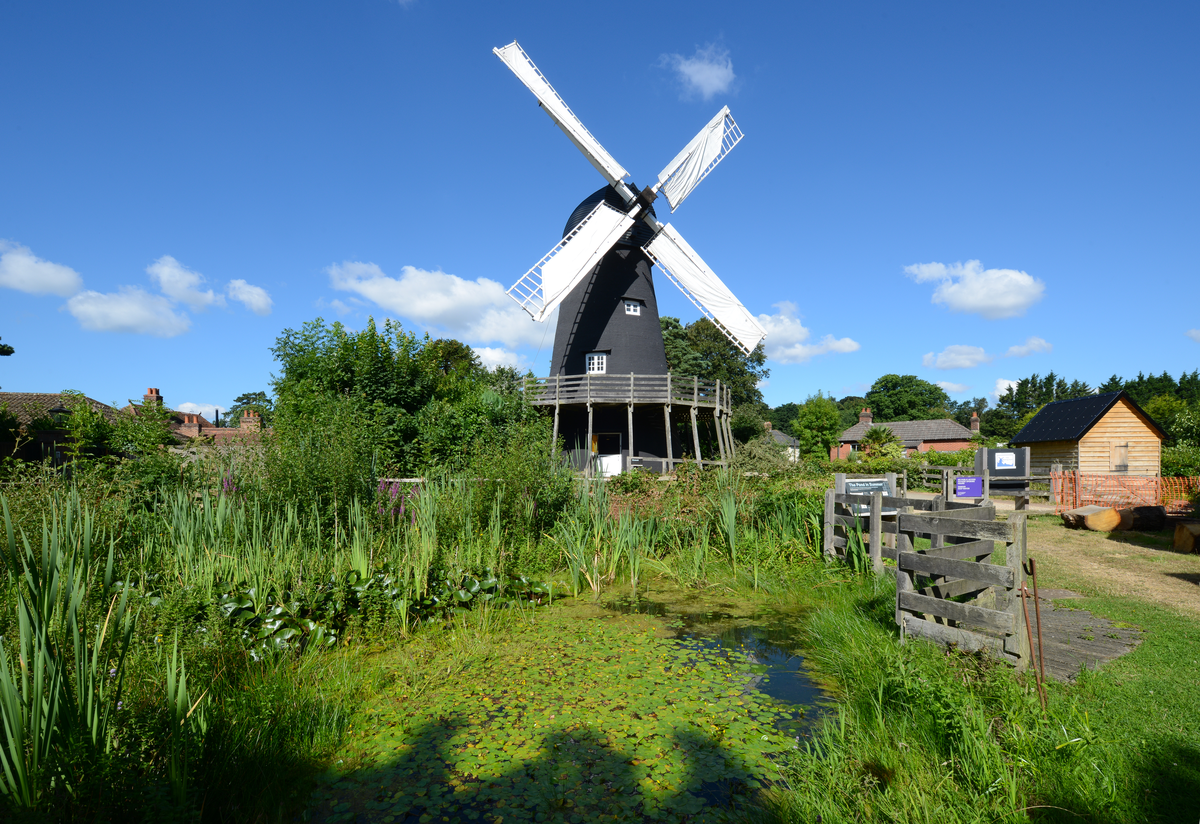
Next time we’ll be discussing skills and specialisms in conservation with Claire, Ruth and Nigel.
If you have enjoyed Culture on Call and you are able to make a donation, any support you can give will help us keep people connected.

